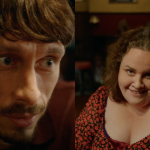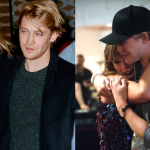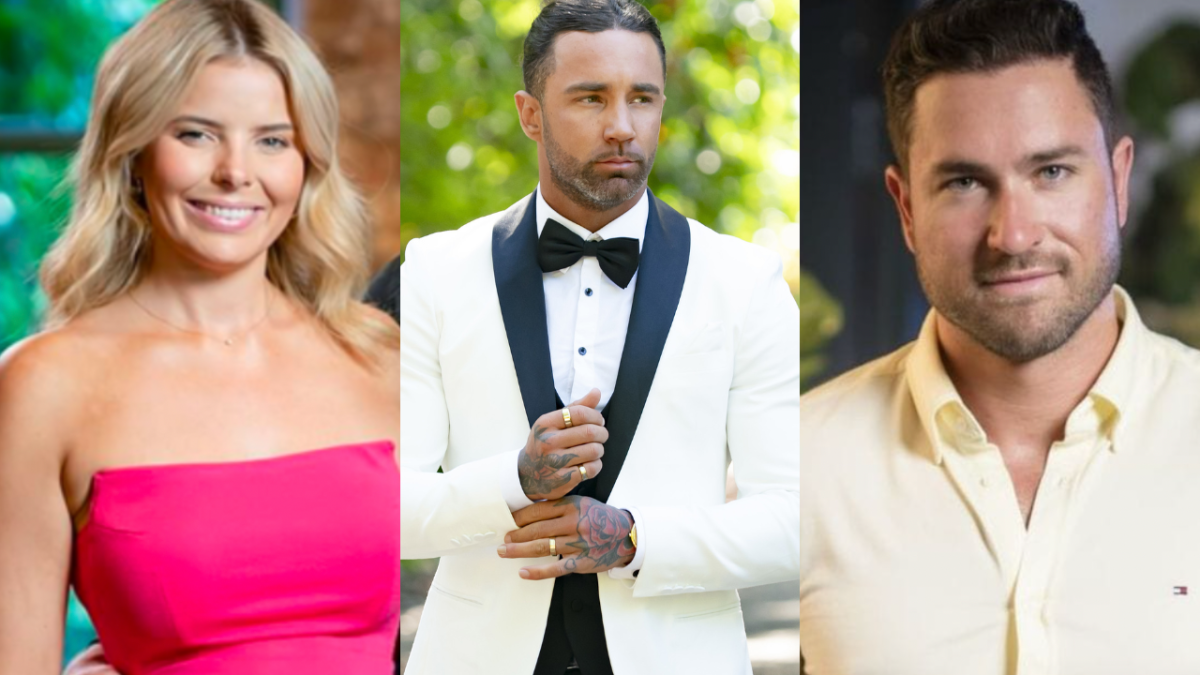
“Screen time” is a term tossed around every year of Married At First Sight; something the cast undoubtedly want in order to be remembered after they leave our television screens.
But unless you’re the one getting fucked over and winning the sympathy vote, is MAFS screen time really such a good thing? Can MAFS villains succeed in a world of influencing when Australia didn’t like them for the better half of two months?
I spoke to PR & Talent expert, Jai Evans of Evans Media, to find out.
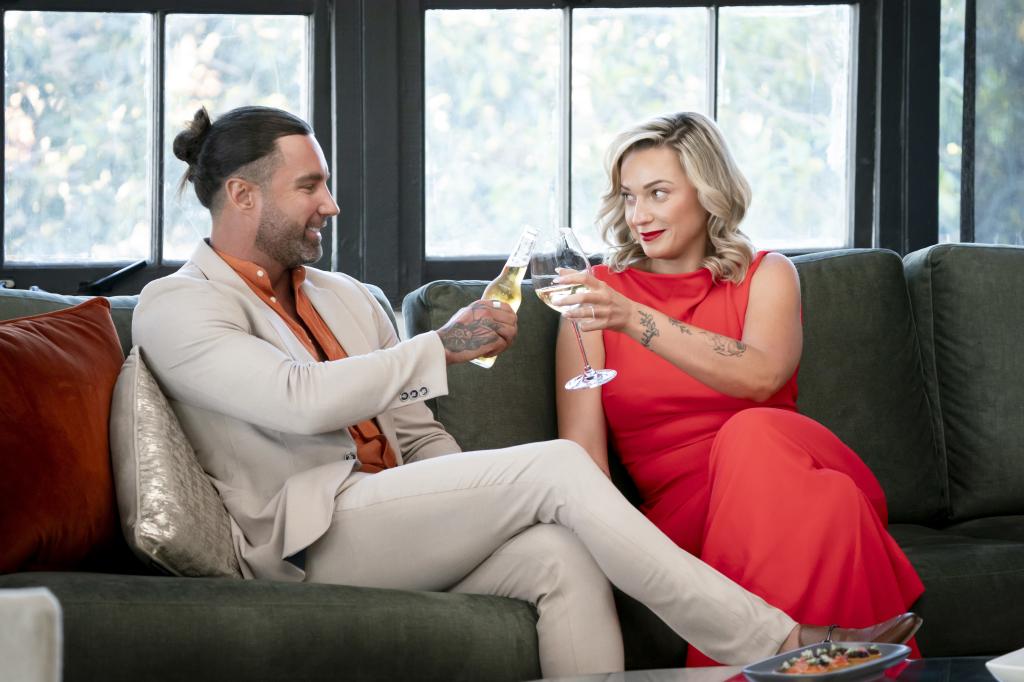
“Navigating the social media landscape can be particularly tricky for controversial MAFS figures,” Jai tells me.
He noted that while they may gain a large following from their exposure on screen, their time as a villain can act as an obstacle to successful brand deals due to their “compromised credibility”.
Melinda Willis from MAFS Season 10, who is also the founder of beauty brand Feather Sisters, agrees.
“A villain is portrayed is all about them having bad morals and therefore it’s not good for branding and reputation,” Melinda told PEDESTRIAN.TV.
When I think about past MAFS stars who have really cemented themselves in the social media space with brand partnerships, I think of Domenica Calarco, Tahnee Cook, Michael Brunelli and so on — all well-liked participants with favourable “edits”.
These golden MAFS players all have over 200,000 Instagram followers — but so does Season Nine’s Olivia Frazer. Season 10’s Alyssa Barmonde has over 100,000 followers (if I’m honest, I don’t really think of her as a villain, though) and Season Eight’s Bryce Ruthven has over 171,000.
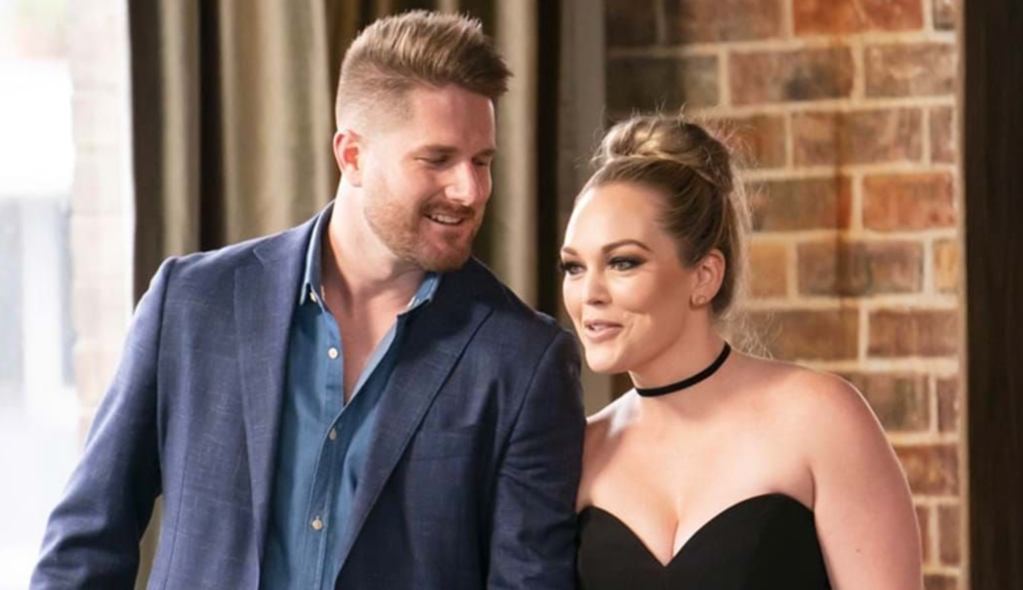
That’s a decent amount of people that they could easily influence.
It’s clear that screen time on MAFS really can equate to a decent following count on social media whether you’re liked or not. But are the numbers enough?
“When addressing the commercial value of reality TV stars post-show, especially in their social media platforms, it’s crucial to understand that sheer follower count doesn’t necessarily equate to profitability in terms of brand partnerships, for both the talent and the brands,” Jai explained.
In fact, in some cases, getting MAFS screen time can actually hinder your work opportunities instead of help them — as we saw with Olivia who lost her teaching job after appearing on Season Nine. But was she getting the brand deals from her followers to help ease the blow of getting fired?
“Facing limited traditional endorsement opportunities, some turn to platforms like OnlyFans — directly monetising their content to make ends meet,” Jai explained.
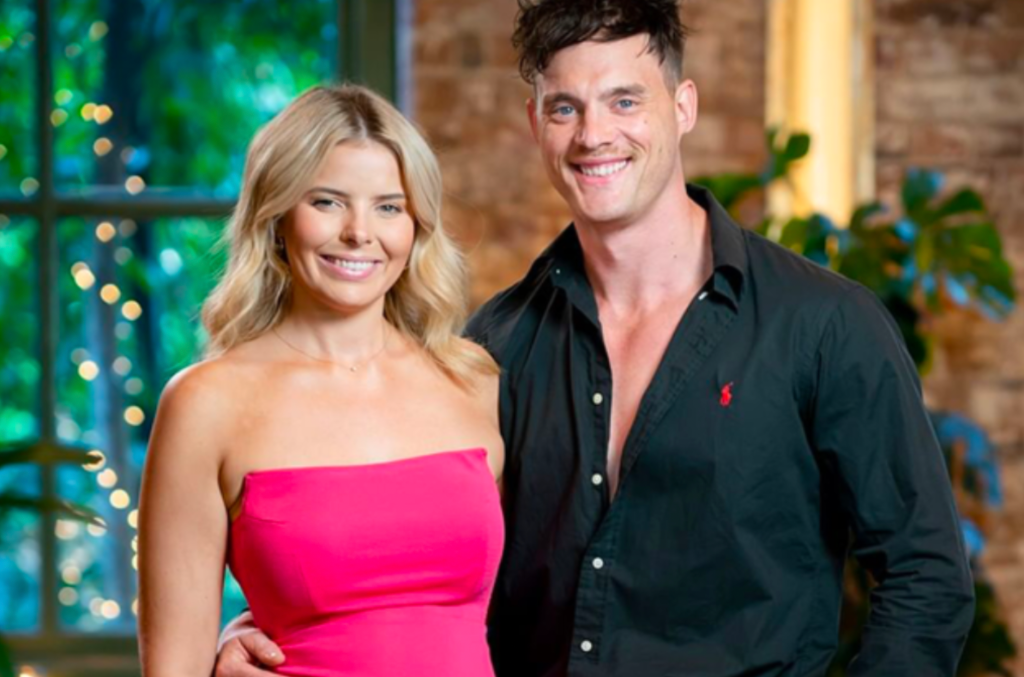
MAFS villains such as Olivia, Daniel Holmes, Mitch Eynaud and Jackson Lonie all tried OnlyFans after MAFS Season Nine. That being said, Bronte Schofield and Caitlin McConville — and plenty of other favourable MAFS stars — have also turned to OnlyFans following their season wrapping.
In recent years, OnlyFans really has seemed to be part and parcel when it comes to “social media success” off the back of the reality TV show.
To be fair, Olivia said she made $500,000 in four months on OnlyFans, which I can only imagine is more than other MAFS contestants would make in that time off Instagram collaborations.
But what if you’re a MAFS villain who’s not keen on the OnlyFans thing? Where does that leave you?
In an interview in early April for Bronte & Lakey for Breakfast, MAFS 2024 villains Jack Dunkley and Tori Adams shut down any future of them turning to the subscription-based platform.
“No disrespect to anyone… we’re striving for a bit higher,” Tori said.
“I’d like to think I’ve got a bit more integrity,” Jack added.
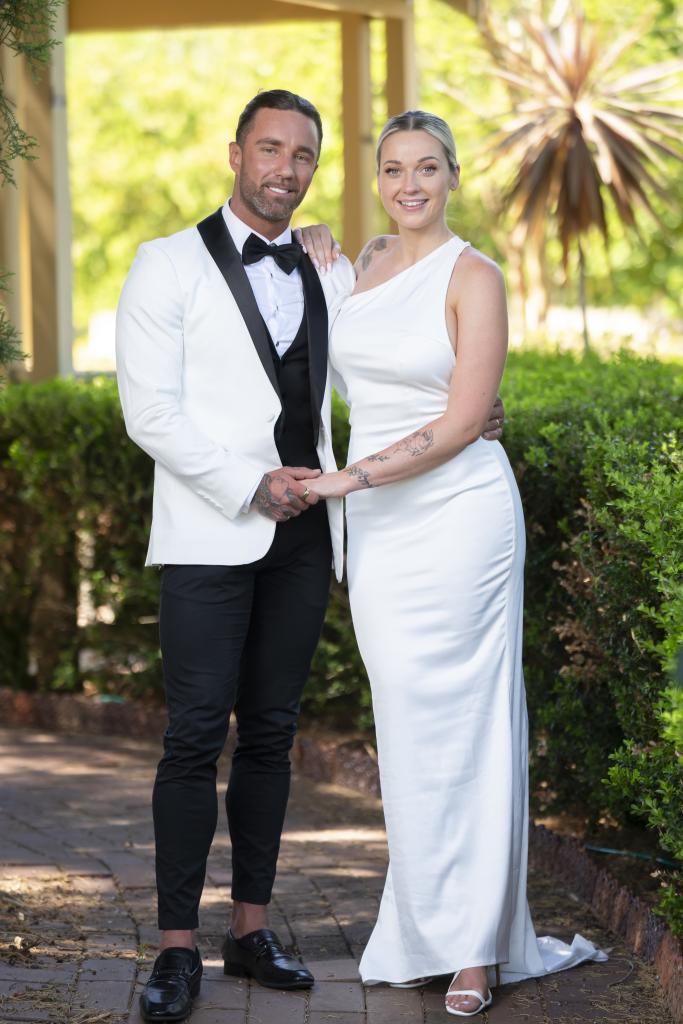
According to Jai, the biggest issue Tori and Jack will face, like the MAFS villains before them, is gaining the trust of the Australian public. It will require “genuine effort” — and it needs to be done quickly.
“With the fast-paced nature of reality TV, the spotlight quickly shifts to the next season and talent, leaving little room for redemption before the next season’s cast takes centre stage.
“Brands move as quickly as their new products.”
By the time a MAFS season finishes airing, there is roughly 10 months before the next season starts. But with the show gaining more and more attention, we start investing in a new cast even earlier than that.
MAFS usually starts filming around July every year, meaning we expect paparazzi shots of the new couples around the same time. Our attention quickly shifts — except for when it comes to those people who we became really invested in, like Lucinda Light.
In fact, Jai previously told PEDESTRIAN.TV that he’s tipping Lucinda for the most social media success from MAFS 2024. And let’s be honest, she couldn’t be further from a MAFS villain classification.
Lauren Dunn, Cassandra Allen, Jade Pywell and Andrea Thompson were also mentioned in the pool of MAFS stars to make bank post-show. I had my money on Sara Mesa given all the epic MAFS 2024 outfits, hair and beauty looks and overall fitspo, but again, she did ruffle more feathers than her costars who I just mentioned.
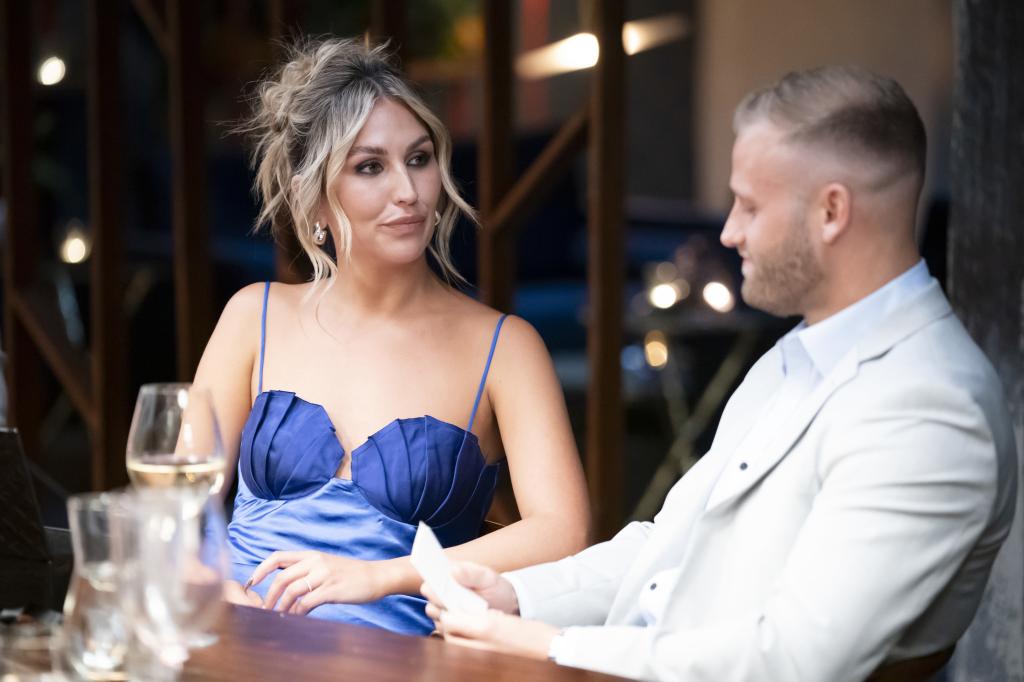
That being said, not all is lost for MAFS villains or those in the general vicinity. Jai explained that they still have the opportunity to build their personal brand over the course of a few years if they remain authentic.
“Reality TV stars need to recognise the difference between short-term gains from rapid follower increases, and the long-term value of building a loyal and engaged community.”
Sara, for example, still has a lot of potential in the social media game considering she was able to somewhat redeem herself on MAFS, but also because she did not reach the villain heights of others before her.
Last year’s Alyssa is another good example of a MAFS star who has used social media to show another side of her that we didn’t see during the show, as well as add context to her edit.
“I use my platform to just showcase my mum life and baking and things that I love,” Alyssa told PEDESTRIAN.TV. She said being a MAFS villain didn’t effect any social media opportunities for her because she “never really sought it out.”
Taking into account Jai’s advice for MAFS villains, I do think that if Alyssa decided to play in the influencer space that she’d be a so-called “villain” who would have a real shot given her social media actions post-show.
Season 10’s Melinda references Abbie Chatfield as an example of someone who has made a successful career off the back of a traditional villain edit on The Bachelor.
“She was kind of a villain, came off, changed her story and did something with herself,” Melinda said.
“There’s opportunity depending on if this person pretty much steps into their villain era, owns it and gives people a different light on it, whether they whinge about their edit, or whether they are a whole different person to what was on the screen,” Melinda continued.
“There’s still options for the villains, but they got to really turn it around and really fight hard and really not blame it on the edit.”
So what about MAFS villains like Season 10’s Shannon Adams? From where I’m standing, his social media hasn’t seen the effort and consistency to turn his image around. But maybe he doesn’t want that, either.
It’s an interesting turn of events, isn’t it? While we now know people are unlikely to find love on MAFS, are we entering a new era where they’re probably just as unlikely to find a career out of it too? Or do they just have to work really fucking hard for it?
Chantelle Schmidt is a freelance writer.
